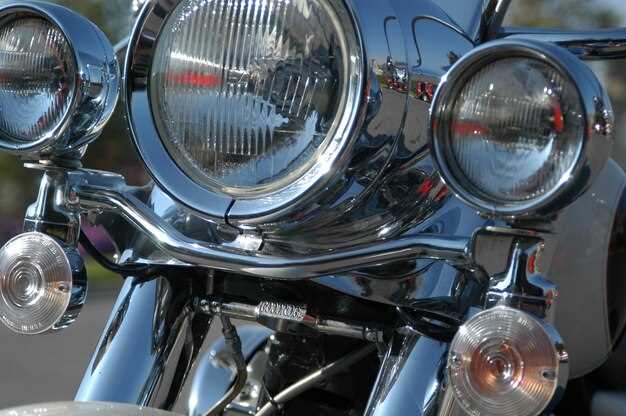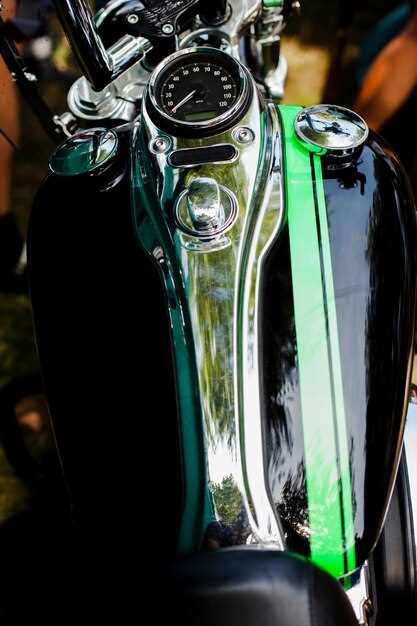

Classic motorcycles have become more than just means of transportation; they are cherished collectibles that hold significant value in the market. Understanding the factors that drive the price trends of these iconic machines is essential for enthusiasts, collectors, and investors alike. From historical significance and brand reputation to rarity and condition, numerous elements come into play when determining how much these motorcycles are worth.
One of the most critical aspects influencing the value of classic motorcycles is their historical context. Models associated with famous racing events or those produced during pivotal eras in motorcycle history often command higher prices. Additionally, the brand’s legacy plays a substantial role; motorcycles from renowned manufacturers such as Harley-Davidson, Honda, and BMW tend to attract more interest and, consequently, higher valuations.
Moreover, the condition and authenticity of a classic motorcycle significantly affect its market price. Restored bikes in original condition or those with verified documentation can fetch premium prices, while those requiring extensive repairs may experience a decline in value. Trends in motorcycle restoration and the growing appreciation for well-maintained vintage models further complicate the landscape, creating a vibrant but fluctuating market for buyers and sellers.
Market Demand and Its Impact on Pricing

The classic motorcycle market is significantly influenced by consumer demand, which plays a crucial role in establishing the value of these vehicles. As interest in vintage and classic motorcycles has surged over the past few years, many enthusiasts are willing to pay premium prices for models that showcase exceptional design, engineering, or historical significance. The rising demand is driven not only by collectors seeking rare pieces but also by younger riders drawn to the nostalgia and style associated with classic models.
This heightened demand often results in increased pricing as buyers compete for limited inventory. For instance, certain brands or models may become highly sought after due to their unique features or performance characteristics. When a classic motorcycle achieves a cult status or becomes a featured item at auctions, its market value can skyrocket, reflecting the fervor among collectors and enthusiasts. Consequently, the more a motorcycle is perceived as valuable, the more likely it is to command a higher price in the market.
Market trends, including the popularity of customization and restoration projects, can additionally affect pricing. As consumers increasingly look to personalize their motorcycles, demand for specific parts and models may increase. This trend not only boosts the perceived value of certain motorcycles but can also create a niche market for rare components, further influencing overall pricing trends.
In summary, market demand is a primary driver of pricing in the classic motorcycle sector. The interplay between consumer interest, economic conditions, and the uniqueness of specific models creates a dynamic landscape where values fluctuate based on the current market climate. Understanding these factors is essential for both buyers and sellers navigating the complex world of classic motorcycle investments.
Condition and Rarity of Classic Motorcycles

The condition of a classic motorcycle plays a pivotal role in determining its value. Well-maintained bikes with original parts, minimal wear, and thorough service histories are considered highly desirable. Conversely, motorcycles that show significant signs of neglect or excessive modification tend to command lower prices. Potential buyers often seek vehicles that preserve their authenticity, which correlates directly with the overall condition. Restoration quality can also significantly influence pricing; a professionally restored motorcycle might fetch a higher market value compared to one that has been poorly or haphazardly refurbished.
Rarity is another crucial factor that impacts the pricing of classic motorcycles. Limited production models or those that were produced for a short time often attract collectors and enthusiasts, driving up their value. Manufacturers may release special editions, and bikes with unique historical significance or notable provenance are typically in higher demand. The scarcity of specific models enhances their allure, making them more sought-after in the marketplace. Collectors are willing to pay a premium for these rare finds, considering them as investments that can appreciate over time.
In summary, the interplay of condition and rarity is essential in defining the pricing landscape for classic motorcycles. Buyers are increasingly aware of these factors, making thorough evaluations vital for both sellers and enthusiasts aiming to understand market dynamics.
Historical Significance and Brand Reputation
The classic motorcycle market is heavily influenced by historical significance and brand reputation, which both serve as fundamental factors affecting pricing. Collectors and enthusiasts often seek models with rich histories or iconic status, leading to variations in demand and value.
- Historical Significance:
- Motorcycles that played pivotal roles in events, such as wars or popular culture, tend to attract higher prices. For example, military motorcycles from World War II often command premium pricing due to their historical context.
- Models linked to legendary races or riders can elevate a motorcycle’s status, making it more desirable to collectors. The legacy of these motorcycles influences their market value significantly.
- Vintage models that represent technological breakthroughs or design innovations often see increased pricing due to their importance in motorcycle evolution.
- Brand Reputation:
- Established brands like Harley-Davidson or Ducati have a storied reputation that boosts their models’ pricing. Consumers are often willing to pay a premium for motorcycles from recognized manufacturers associated with quality and performance.
- The craftsmanship and engineering of specific brands are known to maintain value. Buyers often perceive these motorcycles as investments rather than mere vehicles.
- Limited edition releases from reputable brands tend to appreciate significantly in value, appealing to collectors who seek exclusivity.
In conclusion, the interplay between historical significance and brand reputation directly influences classic motorcycle pricing trends. Understanding these factors is crucial for both buyers and sellers in the dynamic motorcycle market.





